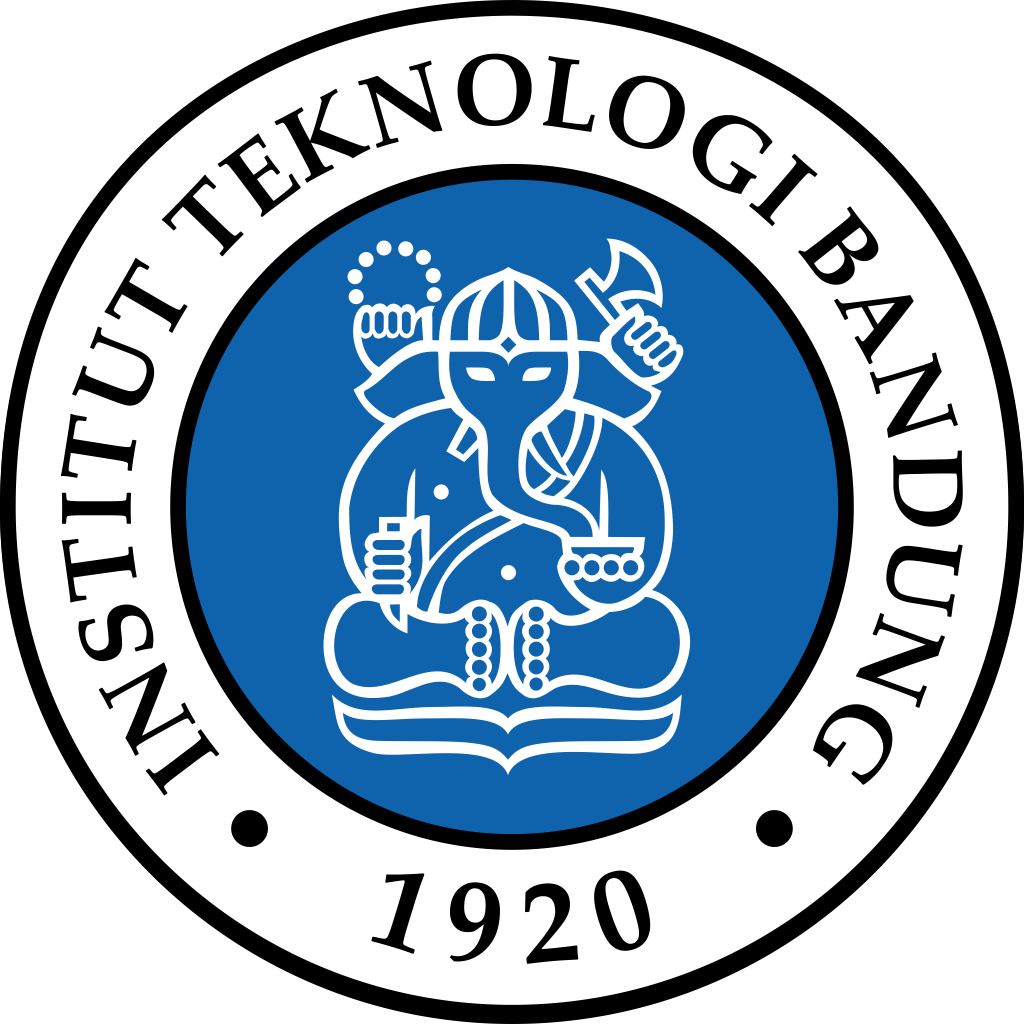Authors: Wibawa H. Saputeraa, Guido Mula, Mohamed S. Hamdyab
Three different synthesis techniques were applied to prepare Ti3+-containing TiO2. The first is a self-doped technique in which TiO2 was reduced in situ at 500 °C by NO and CO gases to produce blue powder (blue titania). The second method is a calcination treatment of a physical mixture consisting of commercial TiO2 Hombikat and Ti2O3 at 600 °C to produce a yellow powder (composite). The third technique is hydrogenation of different commercially available titania (Rutile, P25, and Hombikat) samples at elevated temperatures to produce yellowish white powders. The prepared samples were characterized by means of X-ray diffraction (XRD), nitrogen physisorption measurements, diffuse reflectance UV–Vis and Raman spectroscopy, electron paramagnetic resonance (EPR) spectroscopy, and scanning electron microscopy (SEM). The photocatalytic activity of the prepared materials was tested in the decolourization reaction of methyl orange (MO) under the illumination of ‘black light’ (λ = 375 nm). The kinetic data of the photocatalytic reactions show that reduced titania samples exhibit higher photocatalytic activity than titania. Furthermore, the highest photocatalytic activity was obtained by hydrogenation of P25 at 500 °C. Moreover, the photo-deposition of platinum nanoparticles on the prepared materials enhanced the photocatalytic performance significantly. Titania samples which were firstly platinized and then hydrogenated were much more active than samples which were hydrogenated first and then platinized. The stability of the Ti3+ containing titania samples in aqueous conditions was found to be low, and needs to be improved to allow application in practice.
